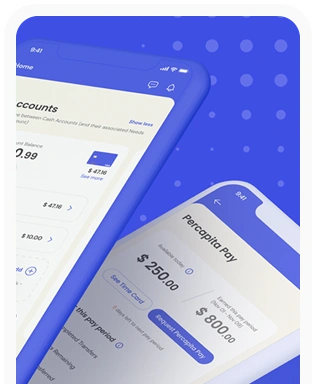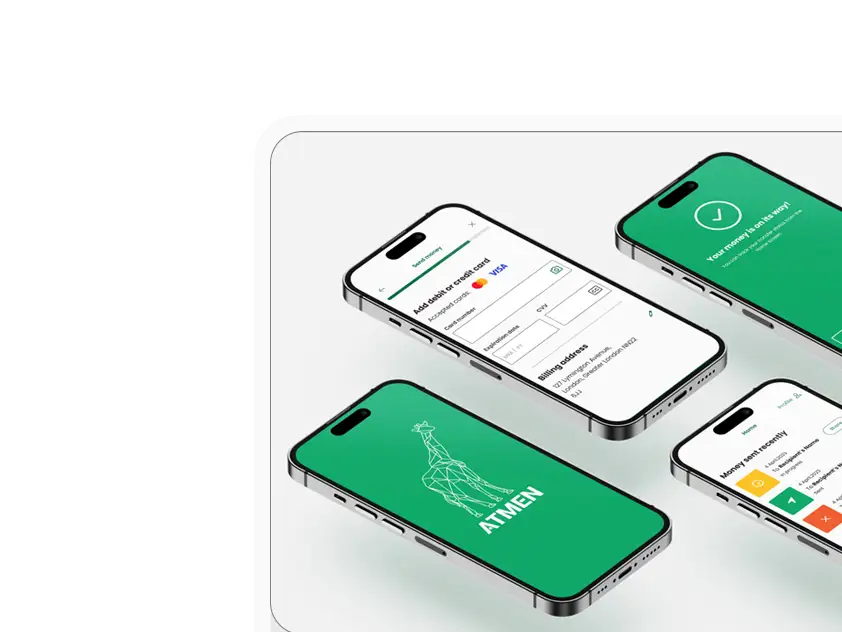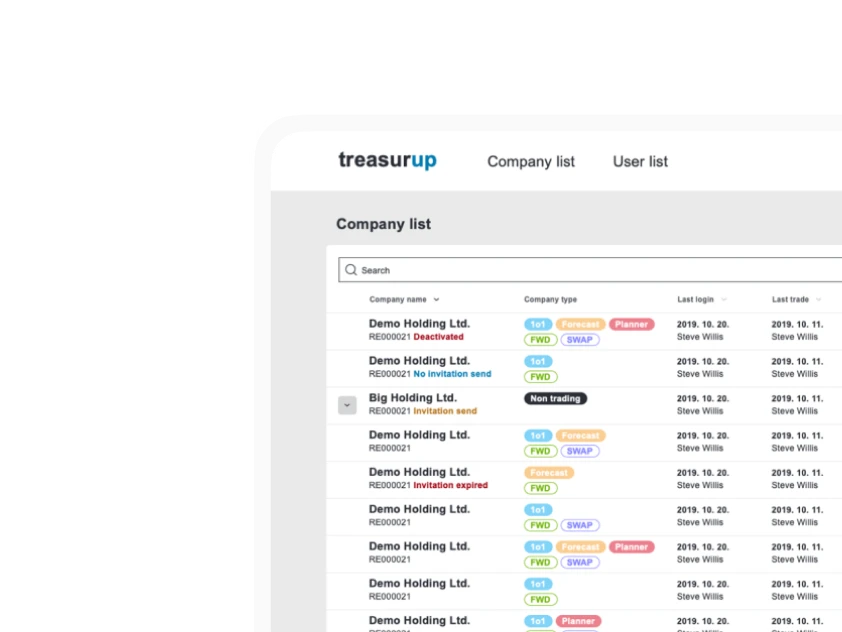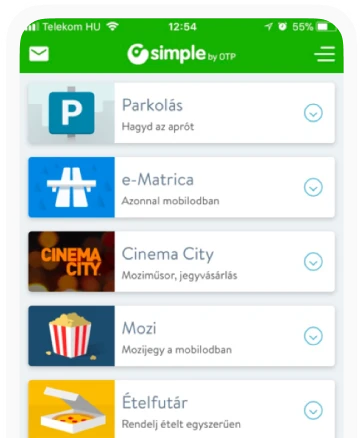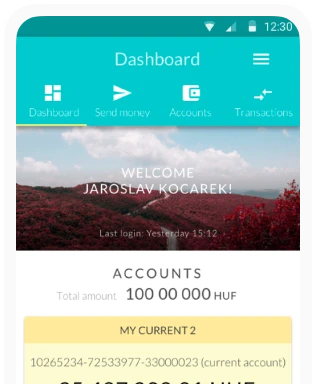Interview techniques for advanced interviewers
Because interviewing is quick and easy, it is a popular tool for collecting user feedback. It is a (UX) research method in which the researcher asks one or more users questions about a specific research topic. It is similar to (but different in topic from) interviews conducted by journalists or other researchers, such as marketing/market research interviews, or the “critical incident technique“, which is used rather rarely in UX research. It is simpler than an in-depth interview in mental models research (here and here) , but more complex than a guerrilla interview.
The practical value of properly conducted interviews is enormous: they can provide insights into the minds of users, their opinions, knowledge and beliefs about a particular topic or product. They can tell us what made a product or a website good/bad, what they liked/disliked about it, what they remember about it.
It’s worth conducting user interviews thoroughly, because the information you get is of real business value. The benefit of this is really shown when you can see what you are missing by not interviewing. After all, a product is not well founded if it is not preceded by user interviews, at least at the very beginning of its design and development. Interesting user habits, viewpoints and opinions can be lost, and in the worst case, this only becomes apparent when real people start using our solution.
So it’s worth the energy we invest in interviews, but how do we plan them well and prepare for them?
If you want to break the process down into sketchy steps, here’s how:
- Defining the purpose of the interview
- Preparing for the interview
- Preparing the interviews
- Summarising the results
- Presentation of the results

Starting point: defining the exact research objective
The starting point for thorough preparation is to have a clear research objective and a defined research topic. It is worth thinking through exactly what you want to find out from the research (and discussing this with the customer or colleagues concerned) and writing a list of questions in advance. This should be agreed with the customer and the expected results of the research should be discussed in detail. It is every researcher’s nightmare when, during the presentation, the customer realises that it would have been nice to have asked this and this (and that)! This can be avoided by careful clarification of the questions and what is expected beforehand.
Types of interviews
There are several types of interview methods, but they all have in common that during the interview both parties are aware that an interview is taking place. In the simplest classification of methods, the interview can be spontaneous or a series of questions. The latter can be closed or open-ended, or a mixture of both.
Other methods include in-depth interviews and interview methods to explore mental models. It is good if the questions are partly structured, because then the answers will be comparable. It is also great if some of the questions are open-ended, because in such cases it is possible to vary from individual to individual, as interviews start to “blank out” after 4-6 responses. This means that the researcher will notice that some questions have similar, sometimes the same, answers. It is then very good to go off the beaten track, to ask for more details, to do some “deep drilling”.
How many people are involved?
The interview may involve one or two research subjects. If you want to interview more participants, you may want to organise a group interview or focus group. Pair interviews are a fantastic way to interview friends at the same time, so that the two of you can chat together in a very good atmosphere about the topic of interest to you and having an impact on them.

We can also organise a group interview or focus group on the area of development. It’s a great method if you want to get around customer perspectives, for example, but both focus groups and group interviews are perfectly inappropriate methods for conducting UX testing. There are plenty of other UX research options for that!
When?
It’s worth scheduling planned interviews as early in the overall development as possible, perhaps with a smaller number of people (3-5 or 5-8) and conducting them again and again. A little trick: if you are also doing user testing, make sure it precedes the interviewing. The reason is that interviewing first and testing afterwards may change the direction of the subjects’ “natural attention”, i.e. there is a risk of “pre-tuning” the subject to the aspects that are important to you.Conversely, if we start by testing, we can use the interviewee to uncover the features that are relevant, of primary importance and problematic for them.

With whom?
In order to get interesting insights from interviews, rather than general or non-practical, useless insights, it is worth taking the time to recruit.
Selecting the right research subject is a good basis for obtaining interesting, meaningful and useful results. After all, if the subjects do not match the research objectives, do not belong to the right age/income/interest group, etc., we will not get the expected level of detail and content.
In addition to demographic aspects, it is also worth paying attention to the exact subject of the development and what we are working on. If you are designing an online store, you can look for customers who shop online regularly and those who, almost never shop online, but if you can convince them to buy online very rarely, they do buy online. In addition to this, if the research so requires, it is also useful to adapt to existing personalities.
The icing on the cake is that if you can find talkative, chatty subjects, this can also be a screening criterion before starting the research. Node How to find suitable research subjects? Finding and inviting good discussion partners is slowly becoming a profession in itself. It requires knowing a lot and a wide variety of people, but it is also a good idea to use a database built from previous research subjects. You can collect your research subjects from your own database (note: for long-term thinkers, it makes sense to build a searchable database of good subjects you know, but of course only if they agree to have their personal data recorded. ) or order it from research companies (unfortunately, their databases are likely to become exhausted and redundant over time), or use the “snowball method” known from social sciences, where you ask a proven interviewee to recommend someone else, and so on.
To choose the perfect subject, a small technical trick is to invite two people for a date and choose the one who is more talkative, more colourful and who seems more interesting for the research. In this case, of course, the person who is not interviewed but sent home is also rewarded (?).
As we can see, it is very important to select the right subjects and it is predictable: it will not be a good outcome of the research if, for example, product or start-up owners randomly talk/chat with some potential customers. This is good information gathering, but it would be naive to call it research.
Interview types, grouped by our “shyness level”.
The interview can be one-on-one and two-on-one, or multi-person, online and face-to-face, anonymous and stating the names.
What kind of interview should we do? The topic will tell you!
Finance? Newspaper reading habits? Insurance? Mobile phone usage habits? Expecting a baby? Adoption? Cigarette smoking? Sneaking snacks? Adult film-watching habits? Abortion? Diseases? So many topics we like to talk about in front of others, to varying degrees.
For simpler topics, or even those that people are happy to talk about, it is easy to organise a face-to-face interview, with the invitees using their own names. However, the more sensitive the topic, the more useful it is to let the subject hide under a pseudonym, with the possibility of online participation if necessary. We can expect honest answers to awkward or even slick questions if we do not know who they are. The choice of research setting should therefore be based on the level of intimacy required by the research topic, i.e. what the users’ shyness threshold allows.



Processing, coding, presenting
Interviews should be recorded (with pictures or just audio); recording helps with processing. Depending on the method, you can decide to record only the most important findings, perhaps summarising them question by question, or to write everything down in detail and then code the answers and/or highlight the key statements.
The researcher can choose to record the most exciting responses during the data collection process, so that they are retained as the main focus.
Once the data processing is complete, the results can be used to produce a shorter or longer presentation or written paper, the length of which also depends on the project or customer. Many people like to read through a simple executive summary and get the picture, but some customers are also interested in the more detailed results of the research. It is also worth discussing beforehand how deep the insight should be and how detailed the resulting presentation or text should be.

The icing on the cake!
As with all conversational research, it is also true for the interview that it is worth paying attention to the right atmosphere. Proper lighting is essential, coffee-tea, water and snacks on the table can be very motivating. Testers of all ages like to have something to eat on the table, they will take it as a simple kind thoughtfulness.
Researchers have found that snacks: crisps, seeds, etc. (“they say of this age group: ‘they are always hungry, they eat all the time’) are particularly conducive to a chatty atmosphere in young interviewers in their teens. (Note: I have had research where all the salty peanuts I had bought for an all-day interview were eaten by two talkative interviewees, teenage boys of course. They felt like they were talking at a house party, giving very useful feedback on the subject. By the time the next subjects came, we had to go down to the shop for more motivational snacks).
Of course, this is just the context; gaining the subjects’ trust is the interviewer’s job.
As you can see, interviewing is not brain surgery, anyone can do it, it’s just worth thinking about the above points in advance and preparing thoroughly.

